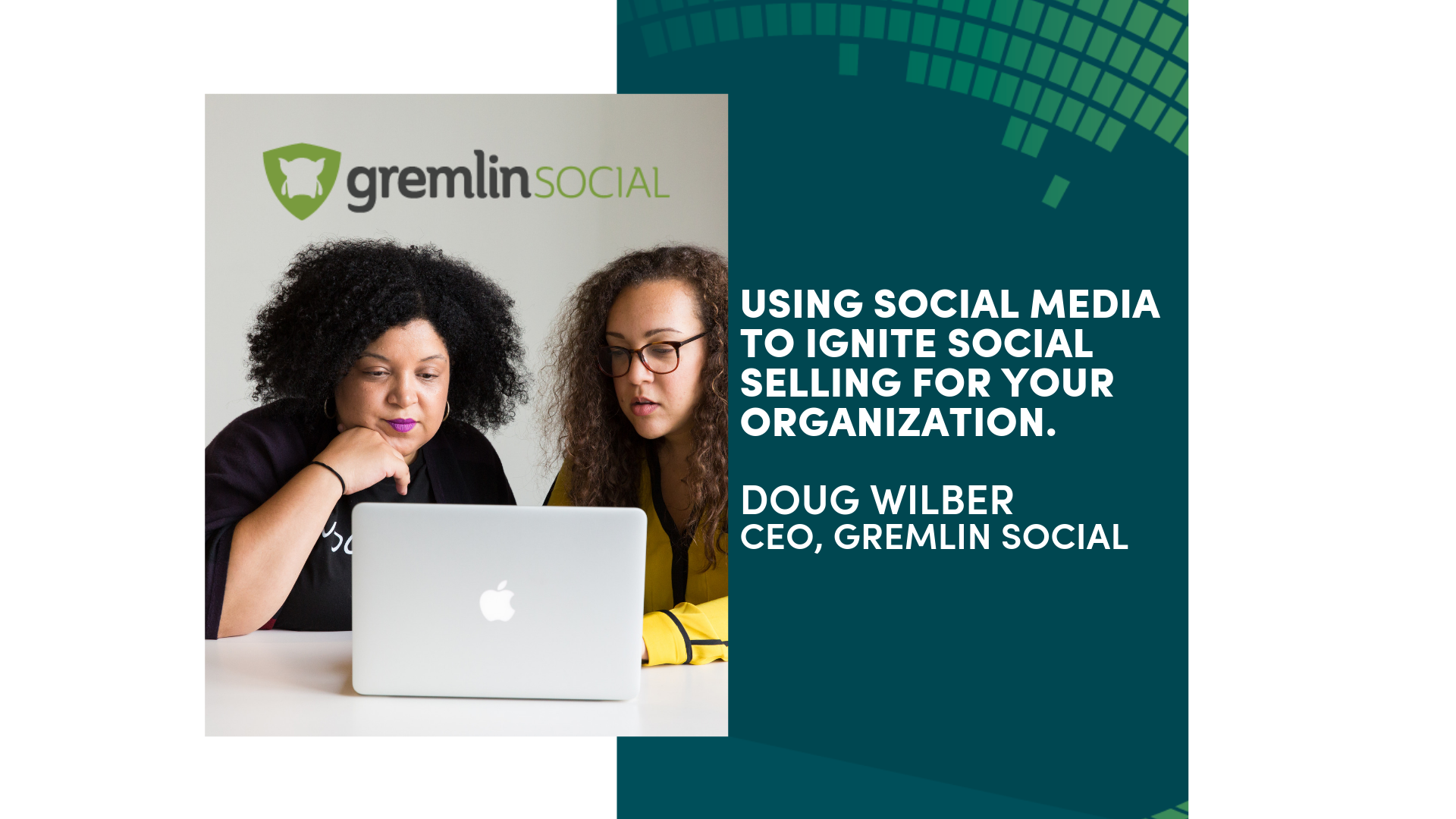
Brands must reach consumers where they are — today it’s all about social media. Consumers want to hear a brand’s social voice, not the cut-and-dried one on TV commercials and billboards. In your quest to grab consumers’ attention in this distraction-heavy media landscape, build that social voice by letting your employees speak for your brand on social media. It’s called social selling and it works.
Think about this: on average, company employees have 10 times more first-degree connections than the company has followers itself. If a company trains its employees to represent the brand and share the brand on their individual social media accounts, it then empowers employees to form authentic relationships with customers while also educating, promoting, and even troubleshooting.
Linking employee faces to branded content humanizes your company and humanization builds trust — which is especially important for larger companies. Social selling is a subtle advertising tactic grounded in education and relationship-building, not pushing products and services.
Social selling can also earn four to six times more media value for your brand. For example, compared with the nearly $30 you would spend to reach 1,000 people on TV, you could reach just as many people on social media for only $2.50. You can also track the specific performance of each social media post to ensure that every message reaches the most receptive audience.
Social selling can unlock opportunities for any brand, but many industries face tough regulations. We started Gremlin Social to help highly-regulated financial institutions compliantly engage on social media. And trust me, if banks can do it, so can you.
Building a social strategy can be daunting for large teams in any industry, but the right social management tools can help. In my experience, for any team to be successful with social selling, they need to keep the following in mind:
-
Feed employees approved content.
-
Arm your employees with branded content that their networks will care about so that, you can reach further into the community around you and build your customer base. Make it easy for team members and minimize risk by creating a library of pre-approved content. That way, your employees can just grab the content and post.
-
-
Approve employee created content.
-
You wouldn’t have employees post independently if the publishing endpoint were the company blog, so why would you let that happen on social media? Having marketing experts approve branded content through a social media management platform can maximize your brand’s reach and engagement. This will also ensure the messaging is in line with your brand’s values.
-
-
Increase employee participation.
-
Think of employees’ social media accounts as the publication platform for your brand’s owned media. By knowing what and when to share on your employees’ accounts, making sure that content is readily available when it’s needed, and publishing content at the right time, you can harness your employees’ larger social networks to build up your brand to its fullest potential.
-
Of course, these are just general guidelines. Every brand needs to customize its approach. You’ll be most successful if you listen to your audience and learn what content resonates with them.
Social selling can seem intimidating, but with a cohesive strategy, you CAN engage with the audiences who matter most to build trust and reach your brand’s goals.
Doug Wilber is the CEO of Gremlin Social, an integrated solution that combines social media marketing with ABA-endorsed compliance tools to make it easy for financial services companies to master the social media landscape and engage customers using social networks. Gremlin Social helps ensure safe use of social media communication while maximizing social marketing campaigns, guiding strategies, and monitoring returns on investment. Doug has worked in the fintech space for more than a decade and has experience working with Discover Financial Services, PYMNTS.com, and Assembly Payments, among others. He’s also advised a number of fintech-focused startups in the Greater St. Louis area.

